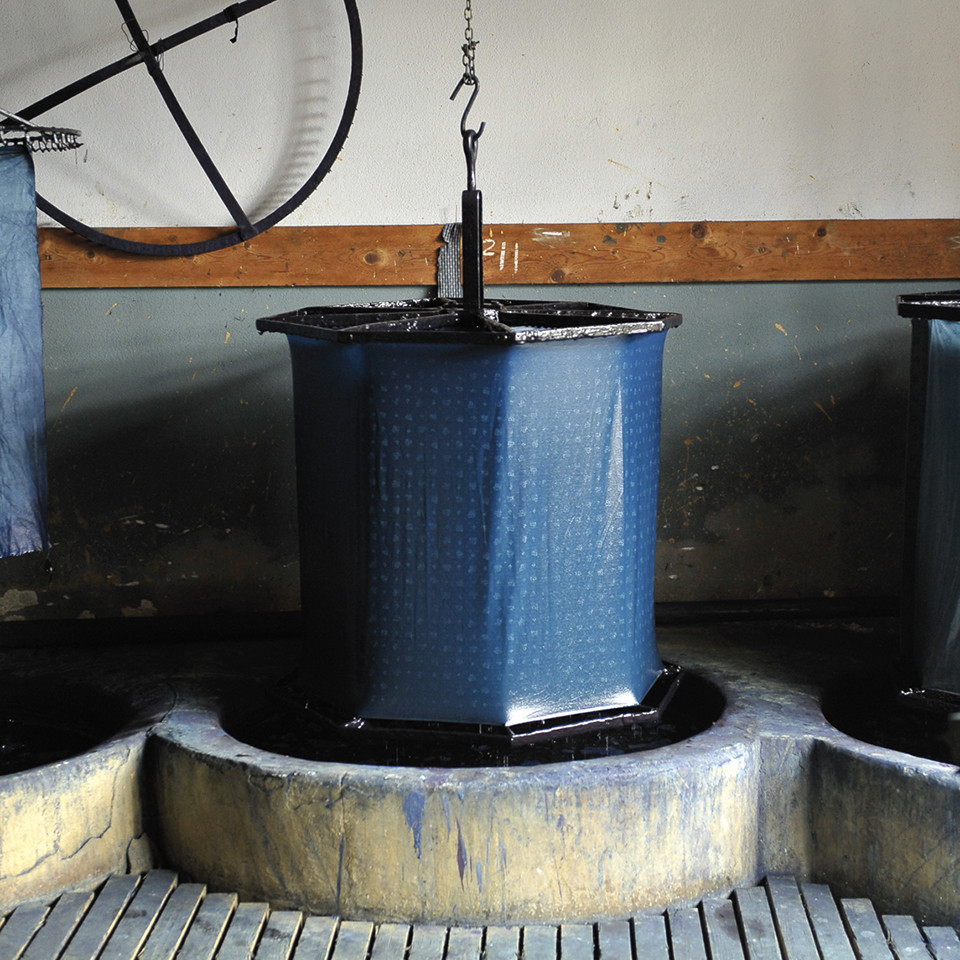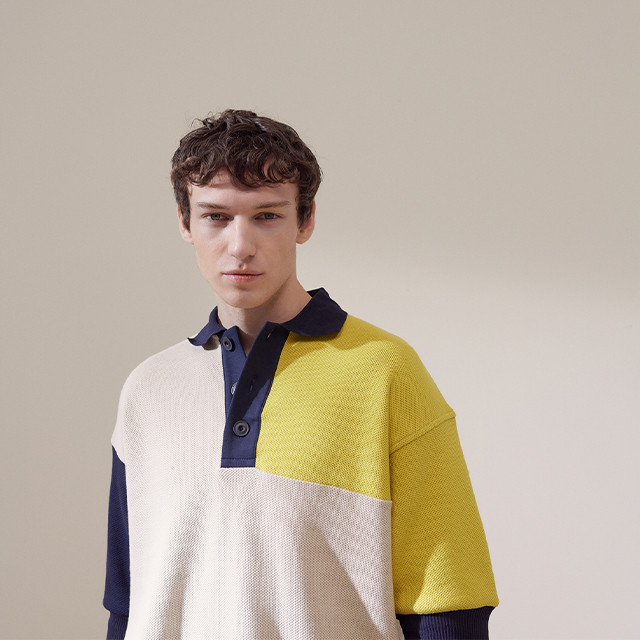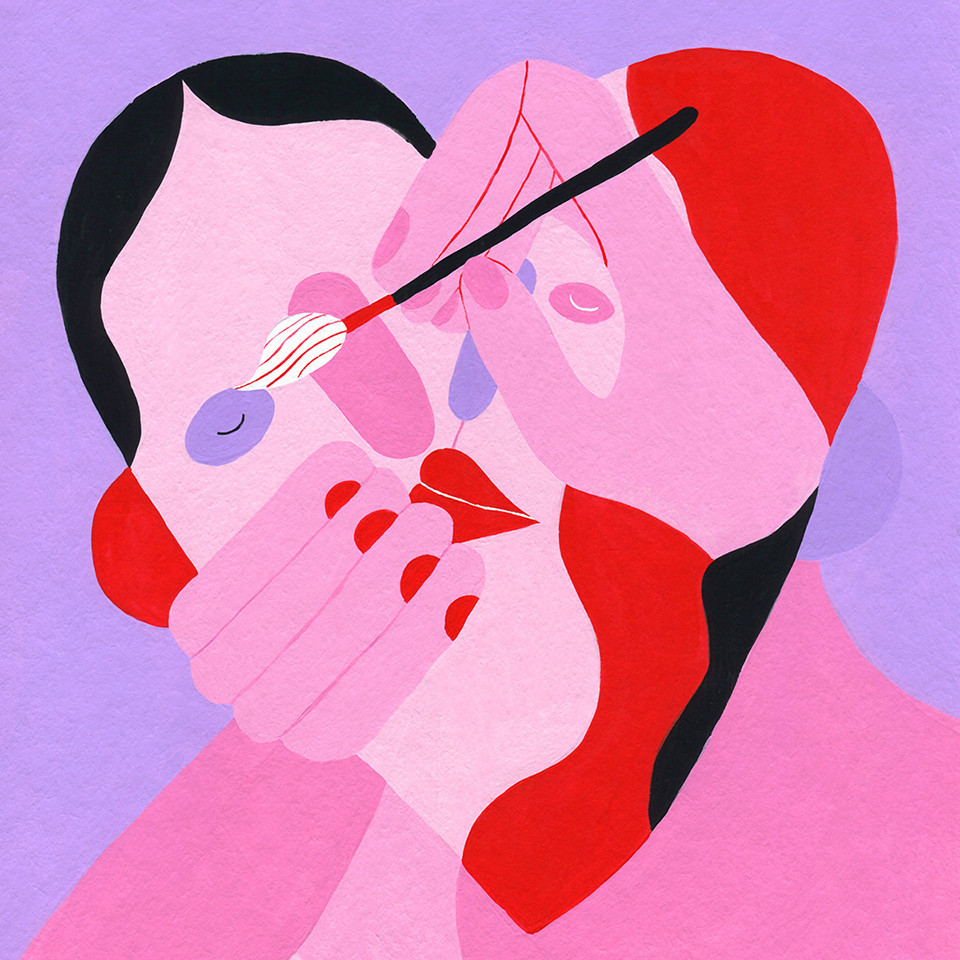
Why imperfect fashion is so popular - and why it is art
– Text by Dennis Braatz
One of the key looks for the summer comes courtesy of Miu Miu; it’s a combination of an ultra-short cropped jumper and a miniskirt that is as revealing as if you were lounging poolside in a bikini. Many women, including Nicole Kidman and Paloma Elsesser, have already sported the look in public, much to the delight of the media. And that’s a great thing, because age and body shape should never count when it comes to picking what you want to wear. So far, so obvious. But take a closer look and you’ll notice a second layer of significance: the hems of both items are fraying. Worn and torn already?
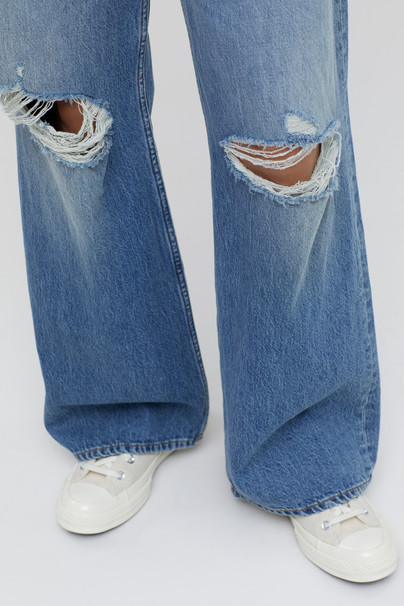
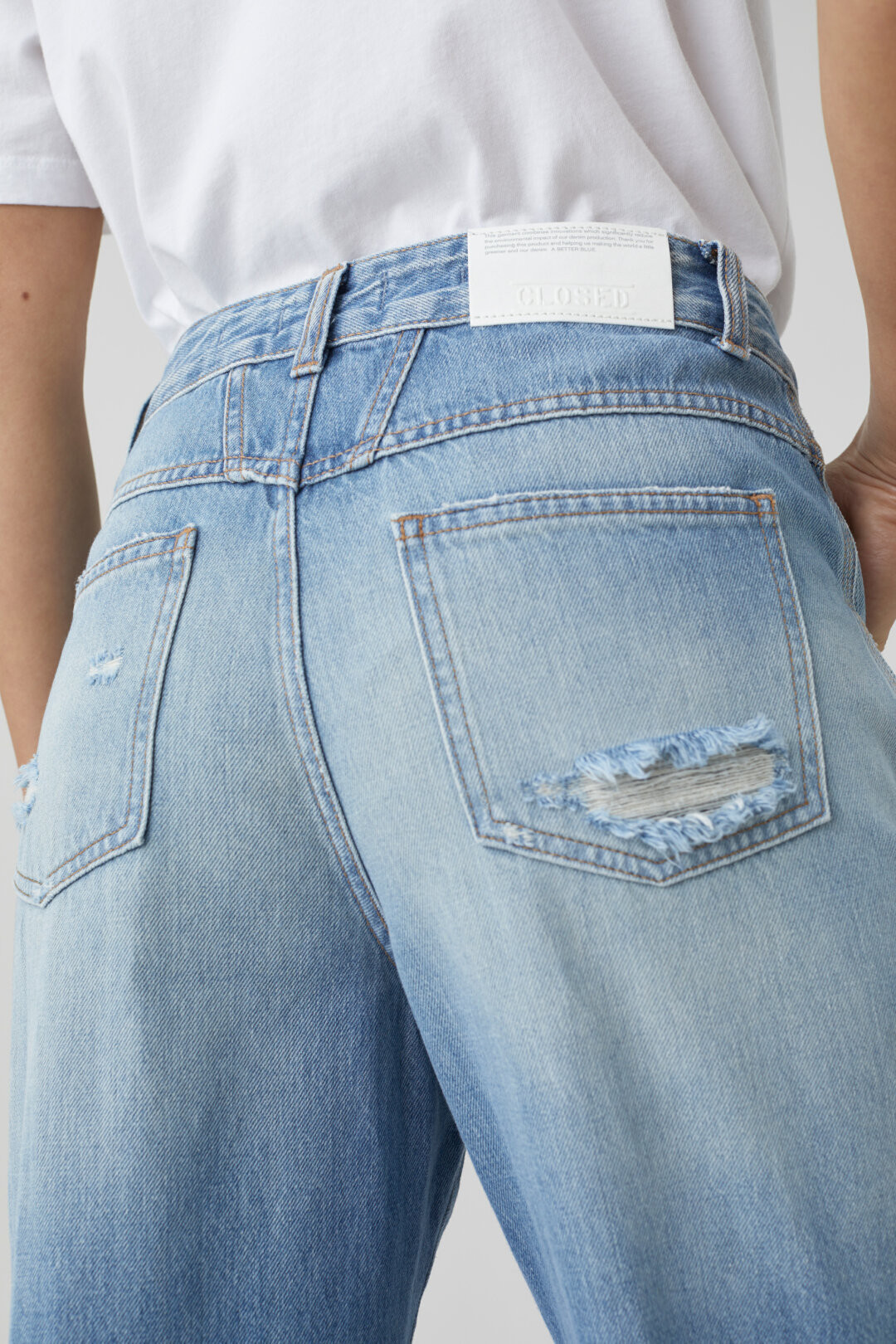
Let’s get the obvious out of the way first: the jumper and skirt are only meant to look ripped and torn. These two luxury items are specifically made so that there is no risk of a loose thread catching and leaving the wearer exposed to prying eyes. This outfit isn’t just a flash in the pan: by the autumn collections at the latest, this style of garment and finishing will be everywhere.
For men, Louis Vuitton proposes ripped trousers with a logo print. For women, Erdem is serving up silk dresses with liberal fraying. Balenciaga’s sweatshirts, T-shirts and long sleeves for men and women look like they’ve been washed to the point that the colours are barely discernible. There are few labels that aren’t selling jumpers that have been brushed to give them the appearance of having been in the washing machine at least twice – and not on the delicates cycle, either.
The fact that you may only pick up on this textile phenomenon at second glance is probably because we are so familiar with designs that drift somewhere between used, ripped and destroyed. Wrecked jeans and T-shirts with holes have been around since the mid-70s and the punks, who catapulted the look onto the catwalk. Back then, clothes like these were a bold anti-establishment statement. Today, these pieces – which would prompt any granny to reach for her mending basket – still whisper quietly of rebellion. But, more importantly, their main purpose is to imply that they have a history.
Trend scouts believe that the phenomenal success of “Worn-Out Clothing” is fuelled by the fact that people no longer take the time to let their garments age naturally – while at the same time coveting pieces that look like they have been cherished and worn for years. As a result, consumers are turning to clothes that have the lived-in look. The best examples can be found in shoe shops. From Lloyd to Saint Laurent, the shelves are packed with brand-new sneakers that appear to have spent countless nights out clubbing and have waded through many a festival puddle. For several years, a recurring style in Margiela’s collections has been a paint-splattered sneaker. The unstoppable advance of the shoe brand Golden Goose is essentially based on a light polish of dirt and plenty of scuffing.
You can criticise this aesthetic and blame it on an increasingly fast-paced world, the throw-away society, or shrug it off as mere cheating. On the other hand, all of these fashionable traces of purported wear are painstakingly created by hand in the workshops, with the aid of brushes, spatulas, sandpaper and brushes. And who doesn’t have at least one pair of bleached, lasered, sand-blasted jeans with extra patches and artificial whiskers hanging in their wardrobe? We all know that well-made denim is a (wearable) work of art. At the end of the day, it’s all about striking the right balance.
Nobody should feel compelled to spend a fortune on a new outfit which others might think has just been dragged out of a charity shop. But new clothes that have character, that speak of good times lived, are fine. In Closed’s latest collection, for example, there are discreetly brushed woollen jumpers for men, and for women there are denim jackets where the seams around the collar and sleeves have been slightly roughened. When they’re worn, these traces of scuffing will age beautifully and become more pronounced. Or, to put it slightly differently: these are pieces that will tell the personal story of their owner – without too much effort on their part.
Past Stories
Copy



